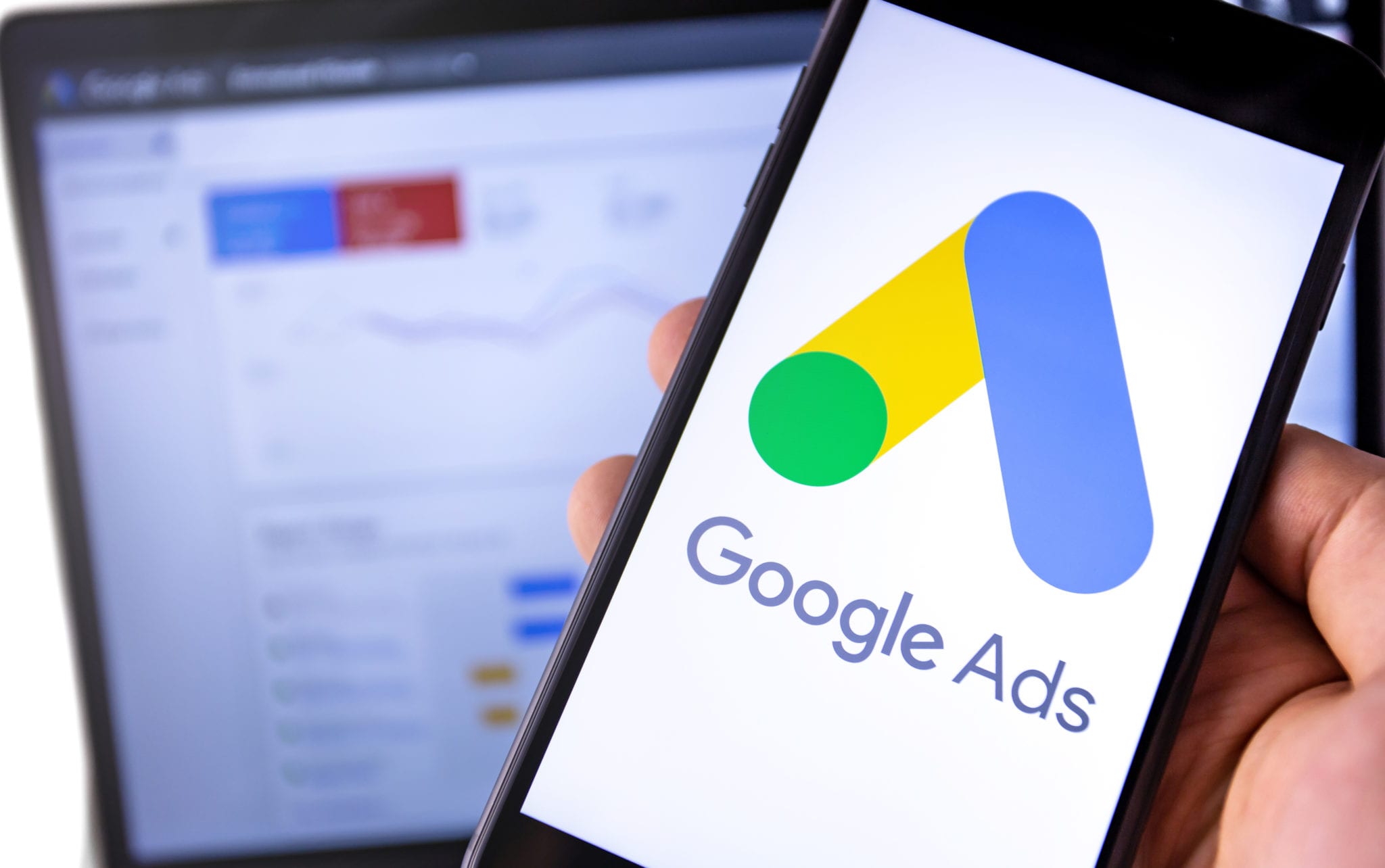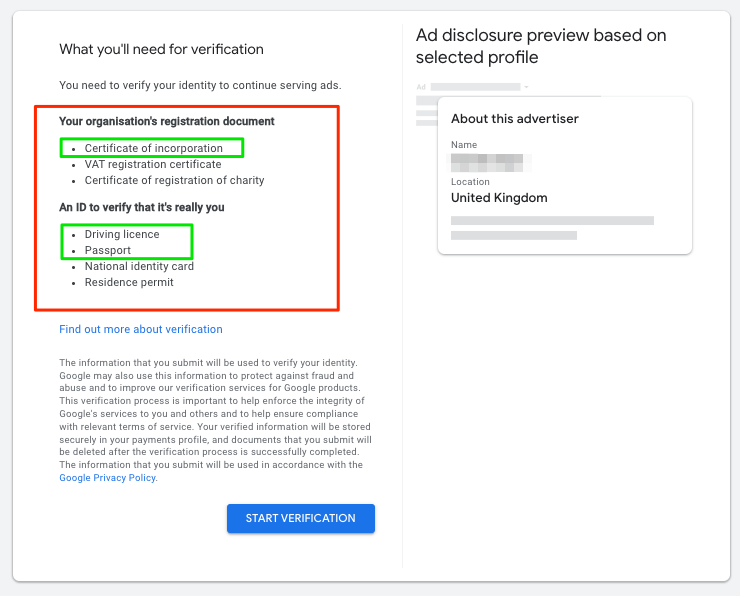
Thanksgiving as a Business Philosophy: Why We Do What We Do
Thanksgiving has always felt a little different for us at Blue River Digital. Maybe it’s because this season forces you

At Blue River Digital, we know that navigating the intricacies of Google Ads can sometimes feel overwhelming, especially when it comes to staying compliant with the platform’s rules and guidelines. One of the key processes Google has implemented to maintain transparency and trust is Advertiser Verification. If you’re running ads through Google, this process is something you’ll likely encounter at some point, and we’re here to walk you through it.
Advertiser verification is a step Google takes to ensure that businesses using its ad platform are legitimate and trustworthy. This process helps combat issues like fraudulent advertisers, scams, and misleading content, creating a safer advertising ecosystem. By verifying your identity, you’re showing Google—and your potential customers—that your business is authentic and operating in good faith.
Google is committed to providing users with clear and reliable information. Requiring advertiser verification supports this mission by:
Google may require verification at different points in your advertising journey. Here are some instances when you might be prompted:
If your account requires verification, you’ll be notified by email and through your Google Ads dashboard, and you’ll be given a deadline for completion—typically within 30 days of receiving the notification.
To complete the verification process, you’ll need to provide specific documentation. This varies based on your location and whether you’re verifying as a business or an individual, but here are the general requirements:
Once the documentation is submitted, Google will review it to ensure everything aligns. This process usually takes a few business days, but it’s important to act quickly, as unverified accounts may face restrictions like paused ads or limited campaign functions.

Staying on top of these requirements is essential for maintaining a healthy, active Google Ads account. Failing to complete verification can lead to your ads being paused or your account being suspended. If you ever receive a notice from Google about verification, don’t hesitate to take action or reach out to our team for guidance.
At Blue River Digital, we’re committed to helping you navigate these kinds of processes so you can focus on what really matters—growing your business and connecting with your customers.
If you have any questions about the advertiser verification process or need assistance, feel free to contact us! We’re here to ensure your campaigns run smoothly.

Thanksgiving has always felt a little different for us at Blue River Digital. Maybe it’s because this season forces you

Nearly 70% of people are more likely to shop with businesses they can contact directly via messaging.(Source: Search Engine Land)
Stay up to date with our work and promotions with our email newsletter. We promise we won't spam you but provide you with inspiration and epic deals!
303 S. Towerview Drive
Columbia City, IN 46725
260.248.2749
Monday – Friday
9:00 – 4:30

1055 Mariners Dr.
Warsaw, IN 46582
574.404.9576
Monday – Friday
9:00 – 4:30